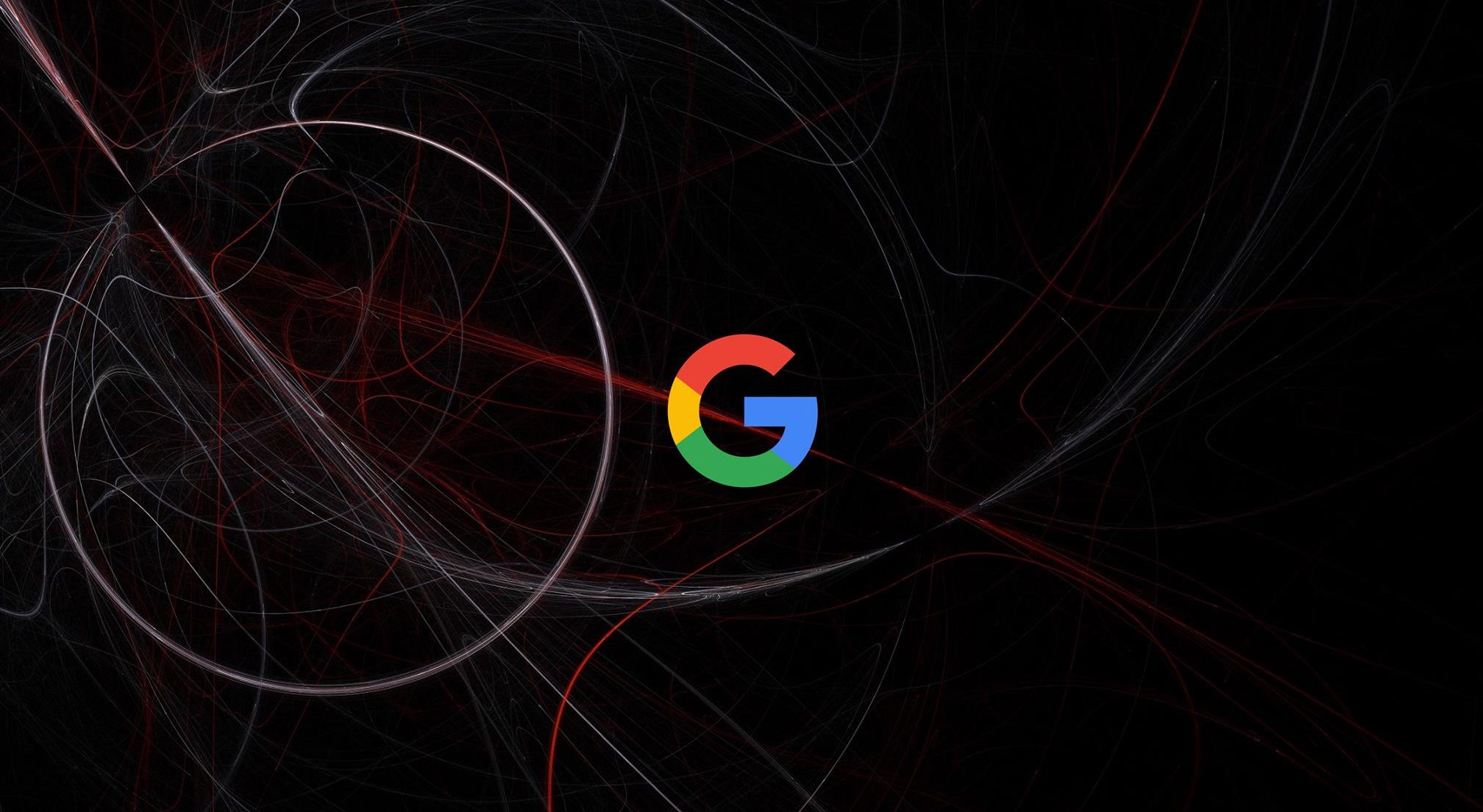Physical Address:
A34-Köshe, 17-Üi,
Astana, Qazaqstan
Physical Address:
A34-Köshe, 17-Üi,
Astana, Qazaqstan

Bard was trained on a massive dataset of text and code, comprising of 1.56 trillion words of public dialog data and web text.
Here’s a breakdown of the data sources that were used to train Bard:
The data was carefully selected to ensure that it was of high quality and representative of the real world. This allowed Bard to learn a wide range of information and be able to generate text that is both accurate and relevant.
GPT-4 has been trained on a dataset of 175 billion parameters, while Bard has been trained on a dataset of 137 billion parameters. This means that GPT-4 has a larger dataset to draw from, which could lead to improved performance in some tasks. However, it is important to note that the size of the dataset is not the only factor that affects performance. The quality of the data and the way it is trained are also important.
In addition to the size of the dataset, there are other key differences between GPT-4 and Bard. GPT-4 is a generative pre-trained transformer model, while Bard is a factual language model. This means that GPT-4 is better at generating text, while Bard is better at understanding and responding to factual queries.
Overall, GPT-4 and Bard are both large language models with different strengths and weaknesses. The best model for a particular task will depend on the specific requirements of that task.
Here is a table that summarizes the key differences between GPT-4 and Bard:
| Feature | GPT-4 | Bard |
|---|---|---|
| Training dataset size | 175 billion parameters | 137 billion parameters |
| Model type | Generative pre-trained transformer | Factual language model |
| Strengths | Generating text, understanding and responding to factual queries | Understanding and responding to factual queries |
| Weaknesses | Can be biased, can generate inaccurate or misleading information | Can be less creative than GPT-4 |
| Best use cases | Creative writing, generating text content, translating languages | Answering factual queries, summarizing text, writing different kinds of creative content |
Bard said it is better at understanding and responding to factual queries, while GPT-4 is better at generating text and code.
GPT-4 has been shown to be capable of generating code that is as good as or better than code written by humans. However, it is important to note that GPT-4 is not perfect. It can sometimes generate code that is incorrect or inefficient.